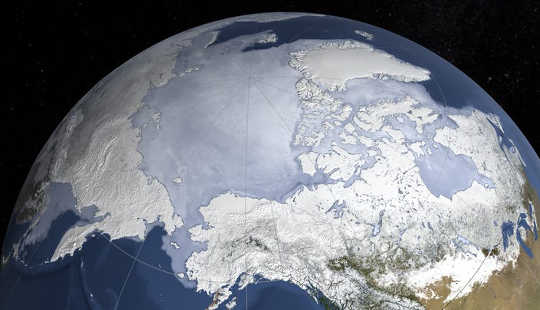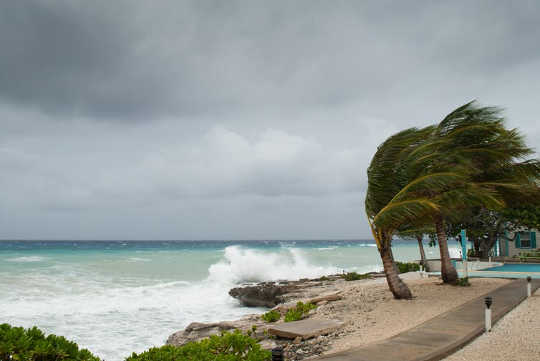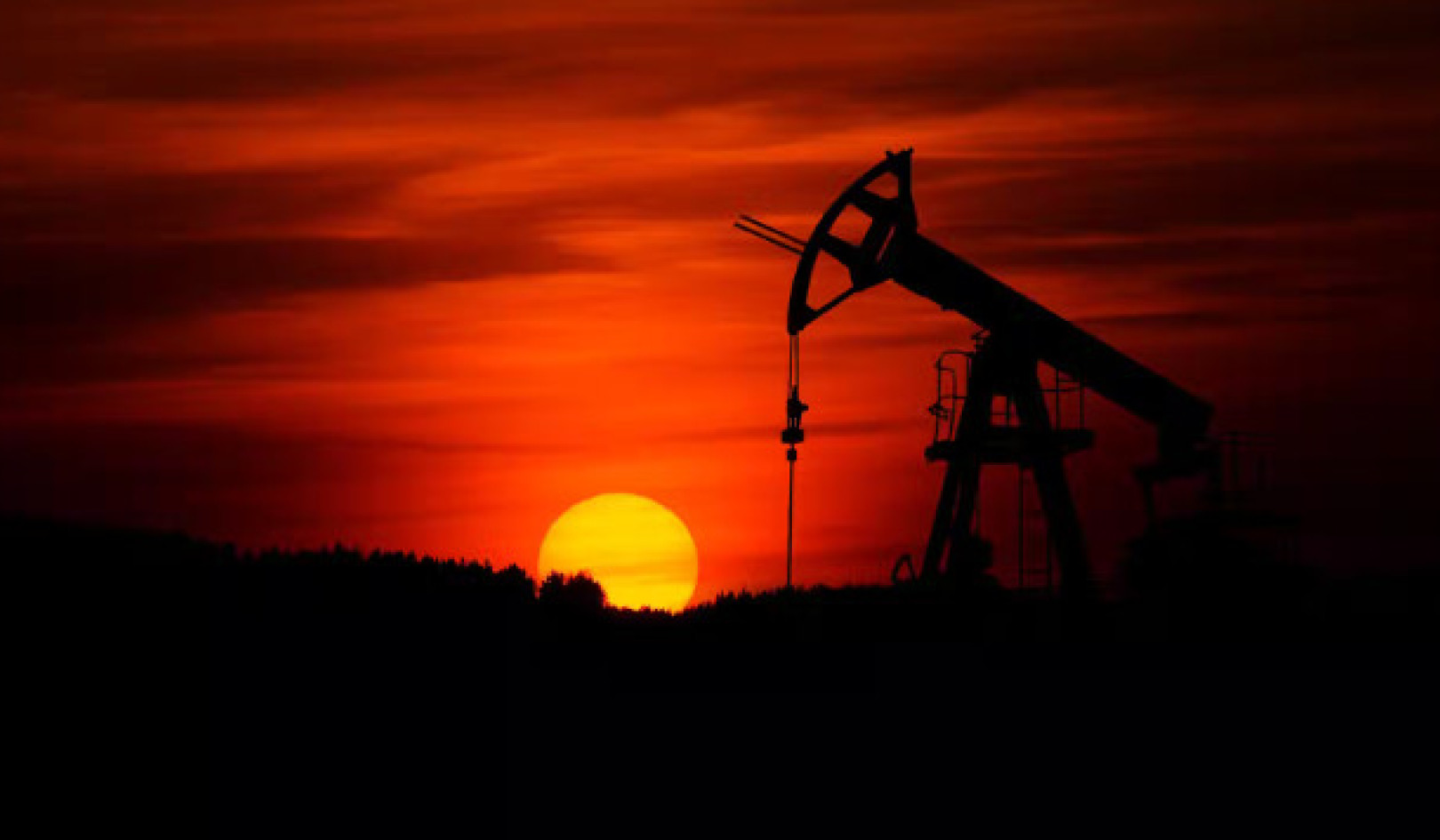
elRoce / shutterstock
Die Klimaforscher der Welt haben gesprochen: Wenn wir die vom Menschen verursachte globale Erwärmung auf 1.5 begrenzen wollen? das können wir wahrscheinlich. Aber angesichts unserer Ausgangslage wird es schwierig.
Das ist die Schlussfolgerung von a neuer Bericht by the UN’s Intergovernmental Panel on Climate Change (IPCC). The focus on 1.5? is the result of years of international negotiation. Starting in 1994, a central aim of the UN’s climate change efforts (the Framework Convention on Climate Change, or UNFCCC) was to stabilise greenhouse gas concentrations at a level that would “prevent dangerous anthropogenic interference with the climate system”. Much was written on what this meant, particularly the word “dangerous”.
Negative Auswirkungen des Klimawandels treten auf einem Kontinuum auf, und es ist schwierig und umstritten, einen Punkt zu definieren, an dem der Klimawandel gefährlich wird. Auf der anderen Seite sind Verhandlungen über den Klimawandel schwierig, ohne dass ein Ziel angestrebt wird.
Fifteen years later, the UNFCCC’s Copenhagen Accord introduced a 2? target, and its 2015 Übereinkommen in Paris was even more specific: it “aims to strengthen the global response to the threat of climate change … by holding the increase in … temperature to well below 2? above pre-industrial levels and pursuing efforts to limit the … increase to 1.5?”.
Das IPCC bietet der UNFCCC wissenschaftliche Beratung an, die eine Politik macht, und das IPCC selbst hat nie ein Temperaturziel angegeben. Sie nennt jedoch die Risiken des Klimawandels mit fünf "Gründen zur Besorgnis". Dazu gehören Auswirkungen wie "einzigartige und bedrohte Ökosysteme und Kulturen" (wie Korallenriffe) und "extreme Wetterereignisse", die jeweils von "nicht nachweisbar" bis "sehr hoch" bewertet werden. Das neueste IPCC (2014) Fünfte Bewertung of the scientific evidence found that at around 1.5? warming there was a transition von mittlerem bis zu hohem Risiko für bedrohte Ökosysteme und Kulturen und für extreme Wetterereignisse. Somit besteht eine Übereinstimmung zwischen den Bewertungen von Paris und IPCC.
 Der Klimawandel wird einige Arten von extremem Wetter häufiger machen. Drew McArthur / Shutterstock
Der Klimawandel wird einige Arten von extremem Wetter häufiger machen. Drew McArthur / Shutterstock
The Paris Agreement asked the IPCC to report on the impacts of global warming of 1.5?, and this new publication is the result. Its tone is not “we must avoid 1.5? warming”, as you might think from many commentators, but more “if we want to avoid 1.5? warming, this is what must be done”. The report contrasts the impact of 1.5? and 2? warmings, giving information on what would be gained by the extra effort needed to limit warming to 1.5?.
As the IPCC’s reports are largely based on a critical assessment and synthesis of published scientific papers, many of its latest conclusions are unsurprising. There are many well recognised uncertainties in understanding climate change - for instance, even if we set a course aiming to hit 1.5? (which is mostly determined by future CO? emissions), we could end up hitting, say, 1? or 2? instead. The report provides uncertainty ranges in its estimates and confidence levels, based on expert judgement.
The new report tells us that human activity has already caused about 1? of global warming, while at the present rate of warming (0.2? per decade) we’ll hit 1.5? by about 2040. National pledges made as part of the Paris Agreement still mean we are on course for warming of about 3? by 2100, meaning four of the five “reasons for concern” would then be in the high to very-high risk category.
Achieving the 1.5? target will require anthropogenic CO? emissions to decline by 45% by 2030 (relative to 2010). By 2050, they will need to reach “net zero” - any further CO? emissions due to human activity would then have to be matched by absichtliche Entfernung of CO? already in the atmosphere, including by planting trees. Net zero would have to occur by around 2075 to meet a 2? target.
 Ein Aufforstungsprojekt in Thailand. Somrerk Witthayanantw / Shutterstock
Ein Aufforstungsprojekt in Thailand. Somrerk Witthayanantw / Shutterstock
Many illustrations are given for the difference between 1.5? and 2? worlds. At 1.5?, summertime Arctic sea ice is projected to disappear once per century, compared to once per decade at 2?; 8% of plants that have been studied would lose half their climatically-suitable area, compared to 16%; sea level rise would be 10cm less (with 10m fewer people impacted at today’s population levels); and while coral reefs might decline by a further 80% at 1.5?, they could virtually disappear at 2?.
The report identifies various routes by which emissions cuts would limit warming to 1.5?; each makes assumptions about future changes in, for example, economic strategy, population growth and the rate at which low carbon energy is adopted. The IPCC recognises the challenges are “unprecedented in scale” but notes, for example, “the feasibility of solar energy, wind energy and electricity storage mechanisms have substantially improved over the past few years”.
The report is sensitive to the fact that changes required to meet 1.5? must be consistent with the UN’s wider nachhaltige Entwicklungsziele. Die Begrenzung des Klimawandels wird dazu beitragen, Ziele in den Bereichen Gesundheit, saubere Energie, Städte und Ozeane zu erreichen. Aber es gibt potenziell negative Auswirkungen auf andere (Armut, Hunger, Wasser, Energiezugang), wenn sie nicht sorgfältig verwaltet werden.
Also wo als nächstes? Natürlich werden die Schlussfolgerungen auf vielen Ebenen breit diskutiert werden, aber die Antwort des UNFCCC auf seiner nächsten Sitzung in Katowice, Polen, Anfang Dezember wird die Augen erfreuen.![]()
Über den Autor
Keith Shine, Regius Professor für Meteorologie und Klimaforschung, University of Reading
Dieser Artikel wird erneut veröffentlicht Das Gespräch unter einer Creative Commons-Lizenz. Lies das Original Artikel.
Bücher zum Thema
at InnerSelf Market und Amazon






















